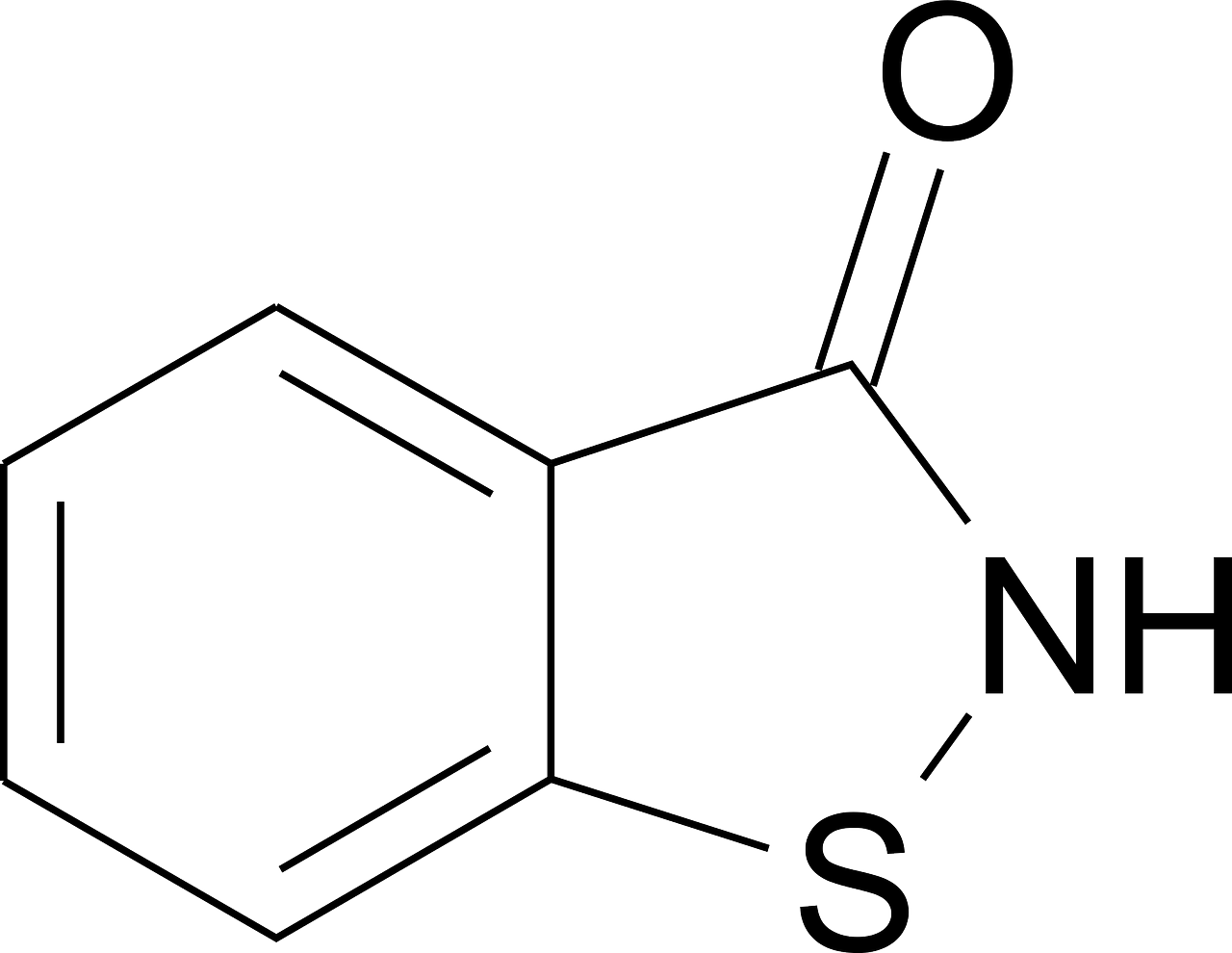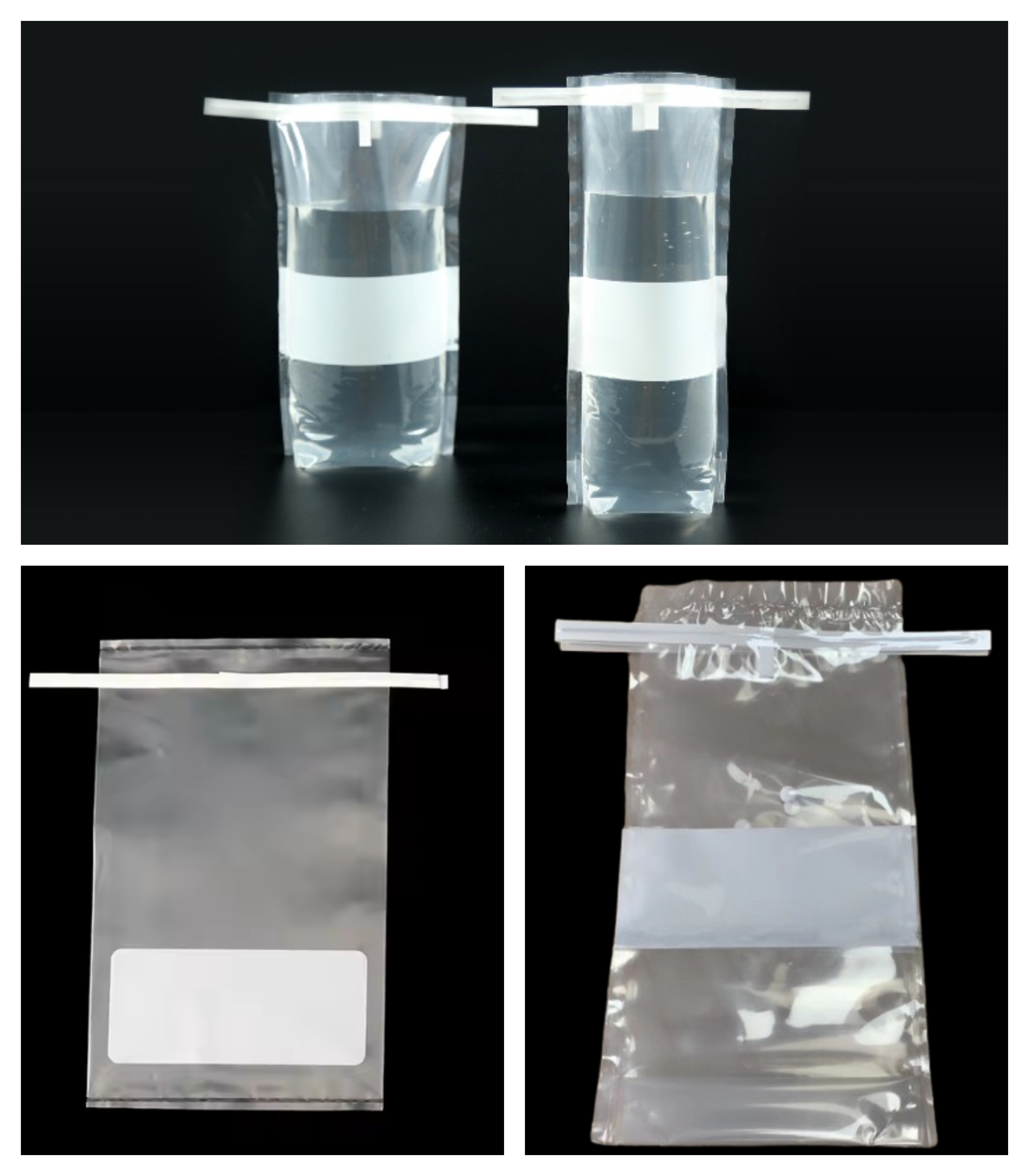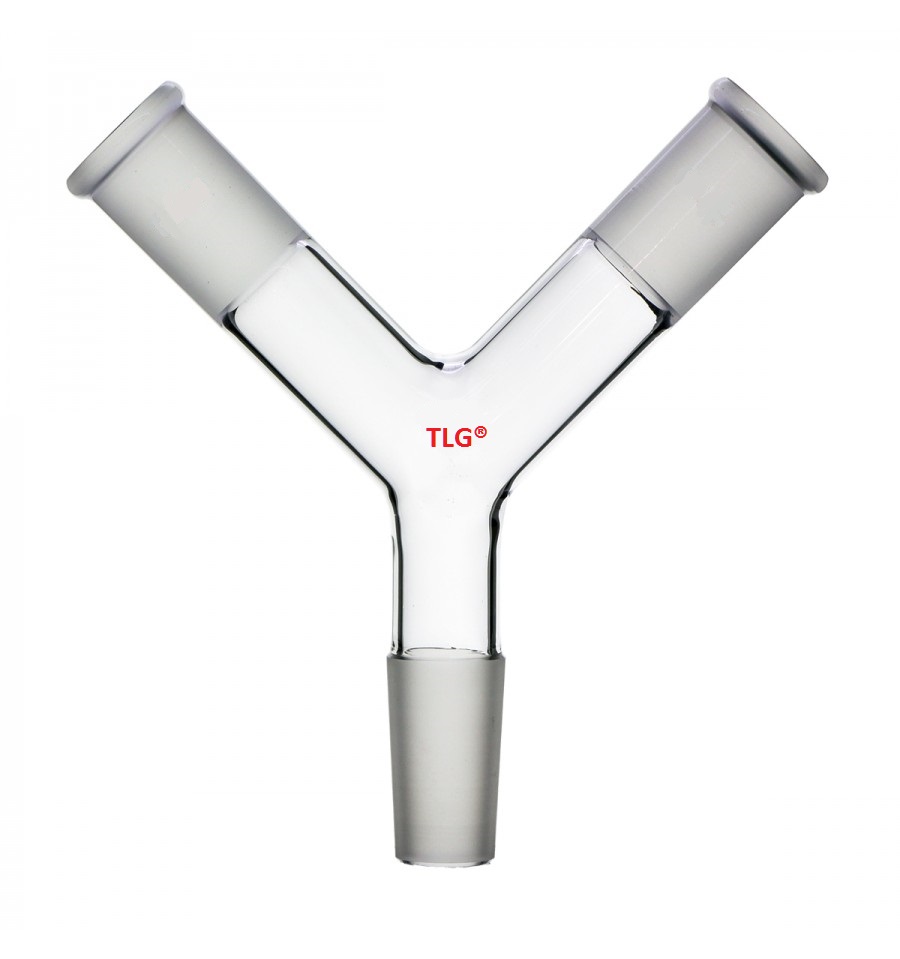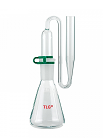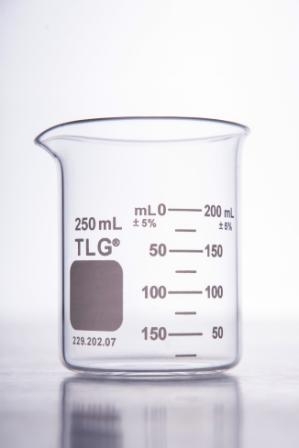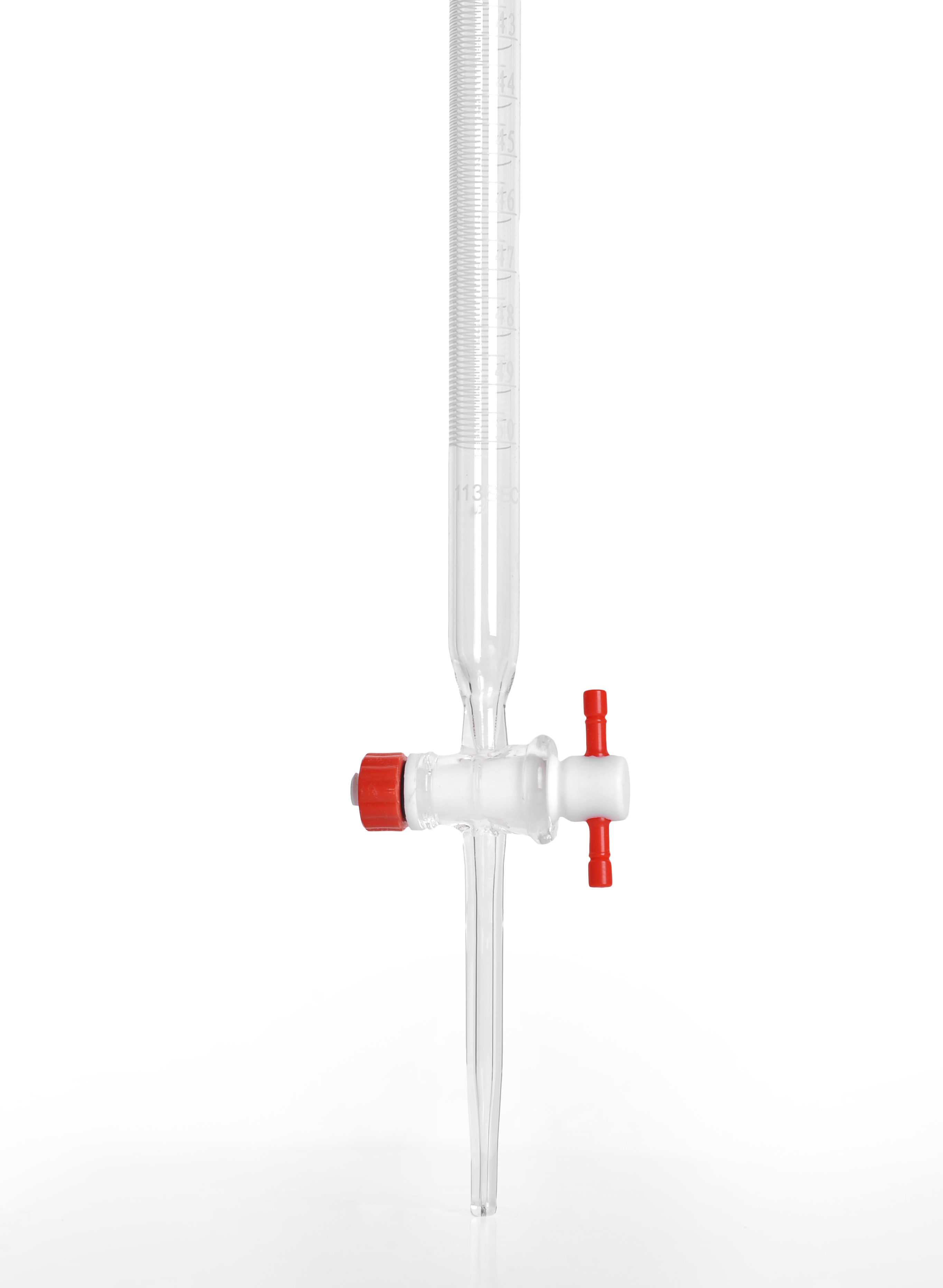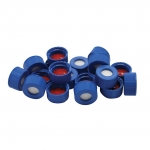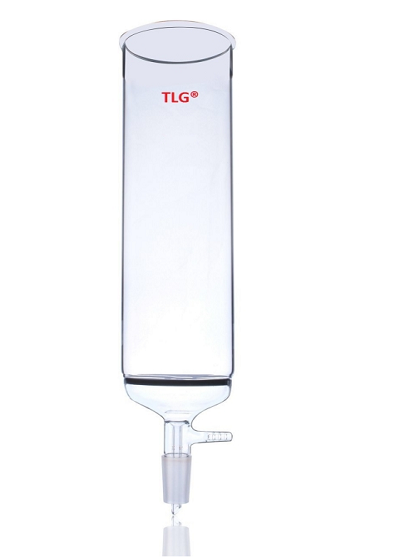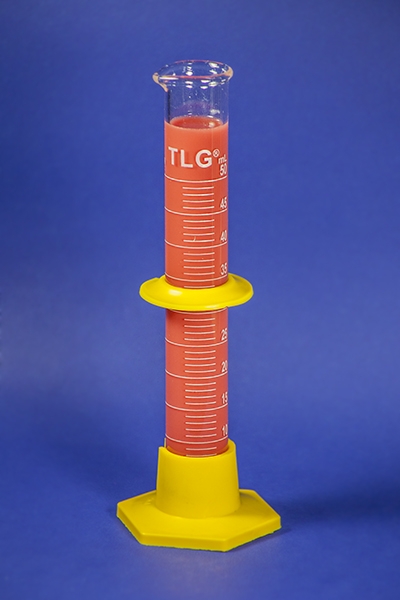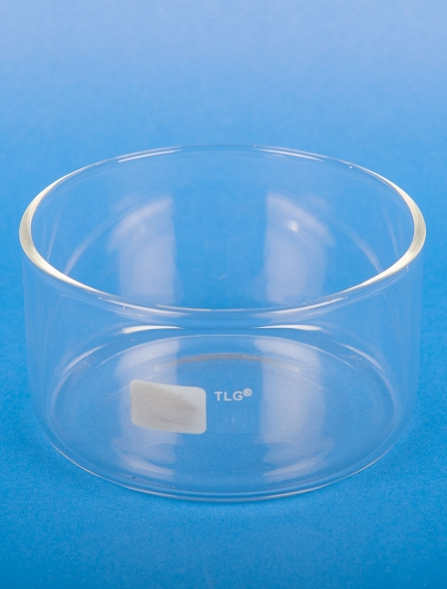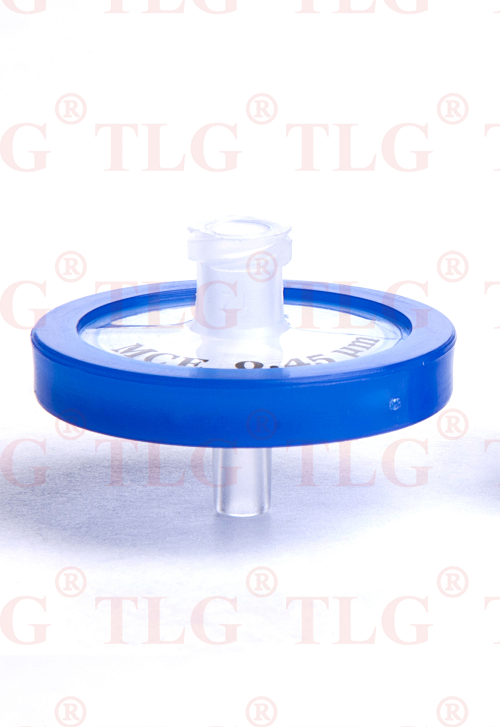Shop Products 
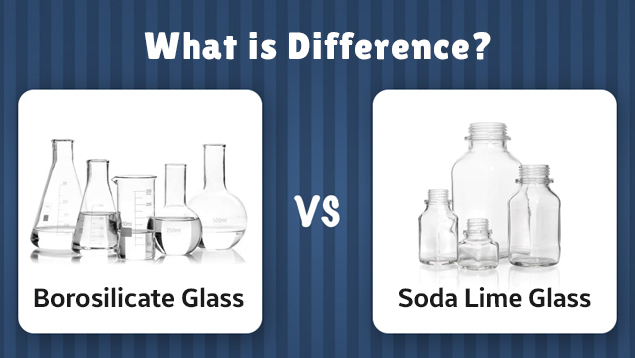
Borosilicate Glass vs Soda Lime Glass: Understanding the Differences
Glass is a ubiquitous material in the laboratory, and it plays a crucial role in many experiments and procedures. However, not all glass is created equal, and it's important to understand the differences between various types of glass, including borosilicate glass and soda lime glass. In this blog, we'll take a closer look at these two types of glass, and help you understand their unique properties and uses.
1. What is Borosilicate Glass?
Borosilicate glass is a type of glass made from a mixture of boron oxide, silica, and other ingredients. It is known for its high resistance to thermal shock, which makes it an ideal material for laboratory glassware that needs to be heated or cooled quickly. Borosilicate glass is also chemically resistant, which makes it ideal for use in experiments where corrosive chemicals are used.
2. What is Soda Lime Glass?
Soda lime glass is the most common type of glass used in the laboratory. It is made from a mixture of soda ash, limestone, and silica, and it is known for its low cost and high availability. Soda lime glass is a popular material for laboratory glassware, but it is not as durable as borosilicate glass, and it is more prone to thermal and chemical damage.
3. Differences Between Borosilicate Glass and Soda Lime Glass
While both borosilicate glass and soda lime glass are made from similar ingredients, there are several key differences between the two types of glass.
Temperature Resistance: Borosilicate glass has a higher resistance to thermal shock than soda lime glass, making it ideal for experiments that require heating and cooling.
Chemical Resistance: Borosilicate glass is more chemically resistant than soda lime glass, making it ideal for experiments that involve corrosive chemicals.
Durability: Borosilicate glass is more durable than soda lime glass, and it is less prone to thermal and chemical damage.
Cost: Soda lime glass is typically less expensive than borosilicate glass, making it a more cost-effective option for many laboratory experiments and procedures.
4. Conclusion
In or a cost-effective option, understanding the unique properties of borosilicate glass and soda lime glass can help you make an informed decision.
Frequently Asked Questions
Q 1. Is borosilicate glass safe healthy?
Ans - In general, borosilicate glass is regarded as safe and healthy for use in food and beverage applications because it is non-toxic, free of dangerous chemicals like lead, phthalates, or BPA, and resistant to acid and chemical degradation, which keeps any substances from leaking into food or beverages.
Q 2. What are the disadvantages of borosilicate glass?
Ans - Despite its strength and resistance to heat, borosilicate glass has certain disadvantages. First and foremost, it costs more than other kinds of glass, and the laborious process of its production may result in further cost increases. Furthermore, despite its durability, it can still break if dropped or given to excessive force, and because of its high silica content, colouring it can be challenging.
Q 3. What is the difference between borosilicate glass and normal glass?
Ans - The composition and characteristics of borosilicate glass and "normal" glass—often referred to as soda-lime glass—differ, especially regarding their resistance to temperature changes and chemical exposure. Borosilicate glass containing boron trioxide is perfect for high-end glassware, cookware, and laboratory equipment since it is far more resistant to chemical corrosion and heat shock. The most popular kind of glass, soda-lime, is less costly but more likely to shatter when temperatures fluctuate.
Q 4. What’s the difference between borosilicate glass and soda-lime glass?
Ans - The chemical makeup and consequent characteristics of borosilicate and soda-lime glass are different, especially in terms of chemical and heat resistance. Whereas soda-lime glass is less resilient and more likely to break under temperature changes, borosilicate glass is more resistant to chemicals and thermal shock, making it appropriate for use in laboratories and high-heat cookery.
Q 5. What is borosilicate glass used for?
Ans - Borosilicate glass's low coefficient of thermal expansion makes it resistant to thermal shock, which means it can tolerate extreme temperatures without breaking or cracking. It is mainly used in applications that require high temperature resistance and durability, such as cookware, laboratory equipment, and high-intensity lighting systems.
Q 6. Should I switch to a borosilicate glass bottle? Is it worth my money?
Ans - Making the switch to a borosilicate glass water bottle is probably worth the money because it has several advantages over plastic or other materials, including chemical resistance, thermal stability, and durability, making it a safe, long-lasting, and environmentally responsible option for your water storage requirements.
Q 7. What Is Borosilicate Glass?
Ans - Because of its low coefficient of thermal expansion, borosilicate glass is a specific kind of glass that contains a lot of silica and boron trioxide. Its resistance to thermal shock is demonstrated by its ability to tolerate sharp temperature changes without breaking or breaking. Its longevity makes it a popular choice for upscale dining establishments, labs, and wineries.
Q 8. Is borosilicate glass fragile?
Ans - Borosilicate glass is more resistant to destruction compared to conventional soda-lime glass, notably regarding thermal stress and impact. However, it is not fully unbreakable and can still break if subjected to excessive force or quick temperature shifts.
Q 9. Is borosilicate glass unbreakable?
Ans - As much as borosilicate glass is more immune to impact and heat stress than ordinary soda-lime glass, it is nevertheless vulnerable to breaking in specific situations.
Q 10. Can borosilicate glass be used in the microwave?
Ans - Because of its high resistance to thermal shock and low thermal expansion, borosilicate glass is usually considered as microwave-safe. However, it's important to make sure that the particular borosilicate glassware has been identified as such and to prevent overheating or heating empty containers.
Q 11. How to tell the difference between soda lime and borosilicate glass?
Ans - Look for thermal shock resistance and hardness to tell the difference between borosilicate and soda-lime glass; borosilicate is harder and more heat-resistant than soda-lime.







